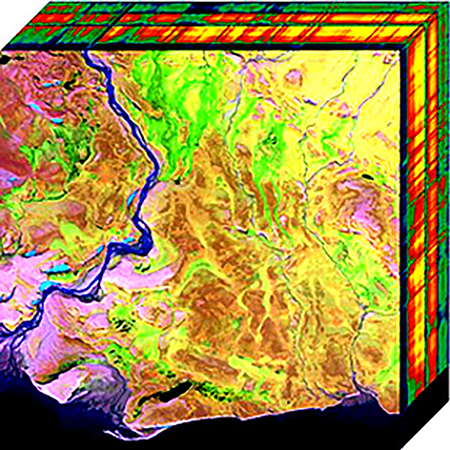Why is Data-Driven AI the Gold Standard for Modern AI Engineering?
The Power and Potential of Data-Driven AI in Today's Technological Landscape

Data-Driven AI provides scalable personalization, real-time anomaly detection, and enhanced operational efficiency, making it an indispensable tool for AI engineers navigating the evolving technological landscape.
Artificial Intelligence (AI) has revolutionized the technological landscape with an array of methodologies designed for diverse applications. Within this spectrum, Data-Driven AI has gained immense traction, emerging as an indispensable tool for AI engineers.
Data-Driven AI entails the use of AI techniques that leverage vast data sets to train models, extract insights, and induce autonomous decision-making. Instead of relying on rule-based programming, these models learn from data, adaptively improving their performance over time.
Why has Data-Driven AI become an integral part of the AI engineer's toolkit?
- Advanced Predictive Modeling: Data-Driven AI employs intricate machine learning (ML) algorithms for data analysis, facilitating precise predictive modeling. These models, trained on massive datasets, can account for a range of variables and offer probabilistic predictions with increased accuracy, essential in fields like finance and healthcare.
- Scalable Personalization: By analyzing intricate user data, Data-Driven AI supports the development of highly personalized applications at scale. Through techniques like collaborative filtering and deep learning, it enables fine-grained user profiling and recommendation systems, making it invaluable in digital marketing and e-commerce.
- Real-Time Anomaly Detection: Data-Driven AI excels in anomaly detection, identifying outliers in real-time. Utilizing techniques like statistical process control (SPC) and multivariate anomaly detection, it enables engineers to isolate and mitigate potential issues proactively, a feature of critical importance for cybersecurity and system monitoring.
- Enhanced Operational Efficiency: The capability of Data-Driven AI to automate repetitive tasks and optimize processes using methods like Robotic Process Automation (RPA) and AI-Optimized Resource Scheduling can lead to significant operational efficiency improvements, liberating engineers to concentrate on strategic, high-impact tasks.
For an AI engineer, proficiency in Data-Driven AI is a potent asset. This paradigm allows us to tap into the burgeoning data landscape and develop sophisticated AI applications with significant real-world implications.
To summarize, Data-Driven AI, with its capacity for learning, predicting, and adapting using data, has cemented its position as a best-practice approach for AI deployment. As we steer towards an increasingly data-driven future, expertise in Data-Driven AI is set to become a crucial differentiator for AI engineers aiming to pioneer technological innovation.










